Duke McDaniels
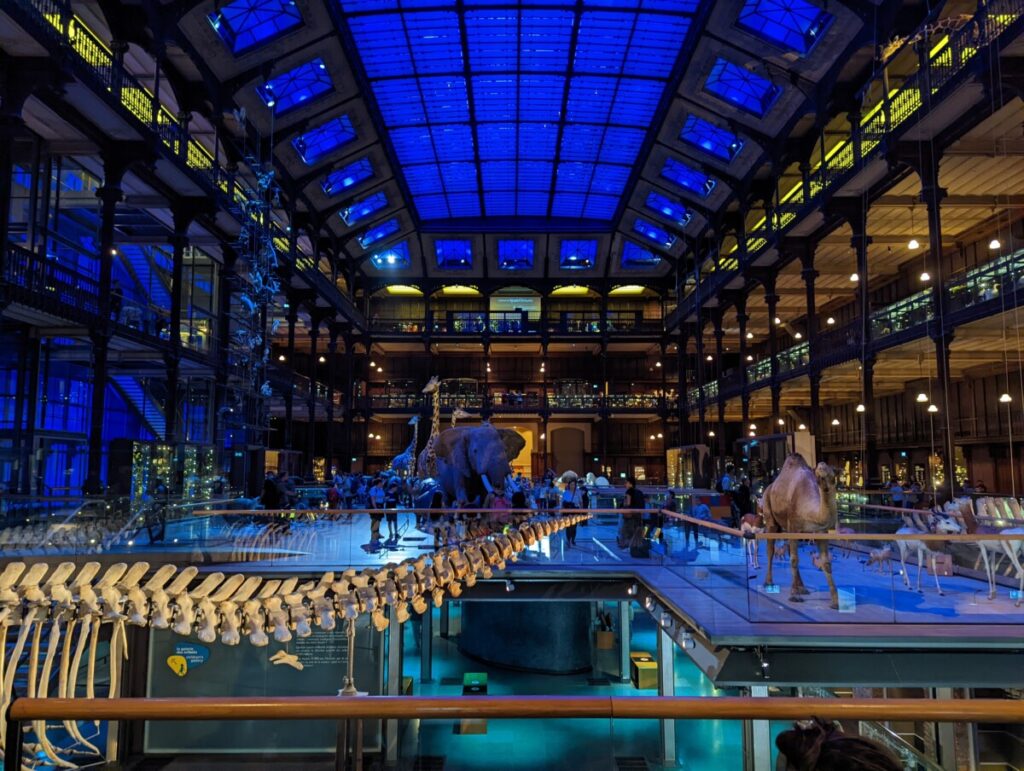

Exploring neuroscience while exploring Paris
Duke McDaniels

Duke McDaniels
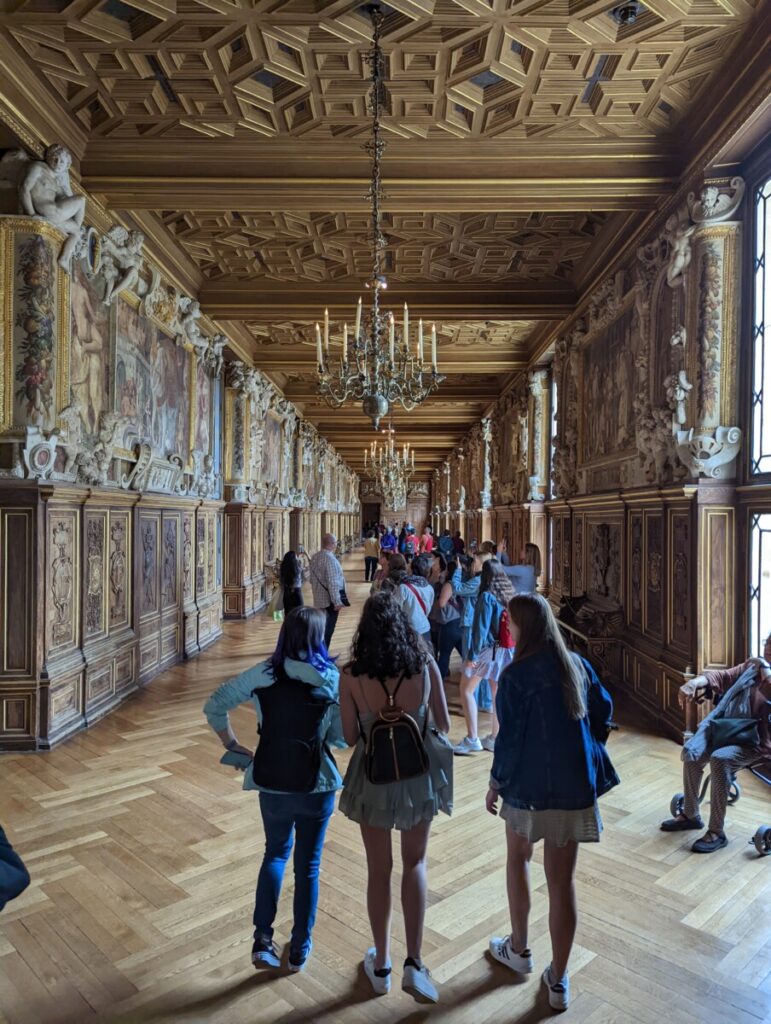
By Duke McDaniels

The art contained within the Pantheon was, to me, probably the most exciting part of the visit. Having already spent time with dead people at the start of our trip, I was pleasantly surprised to discover that the main floor of the historic building was filled with art of varying levels of ambition and scale. While I obviously knew that crypts are typically underground and therefore the one we had discussed within the building was unlikely to be located right at the front door, I didn’t expect the rest of the building to be quite as well-furnished with interesting things to look at. The massive columns supporting the structure were adorned with intricately-carved stonework, the large, echoing chambers themselves had sculptures and art exhibitions of varying sizes on display, and the stone walls of the interior were covered almost end-to-end with beautifully-painted murals.
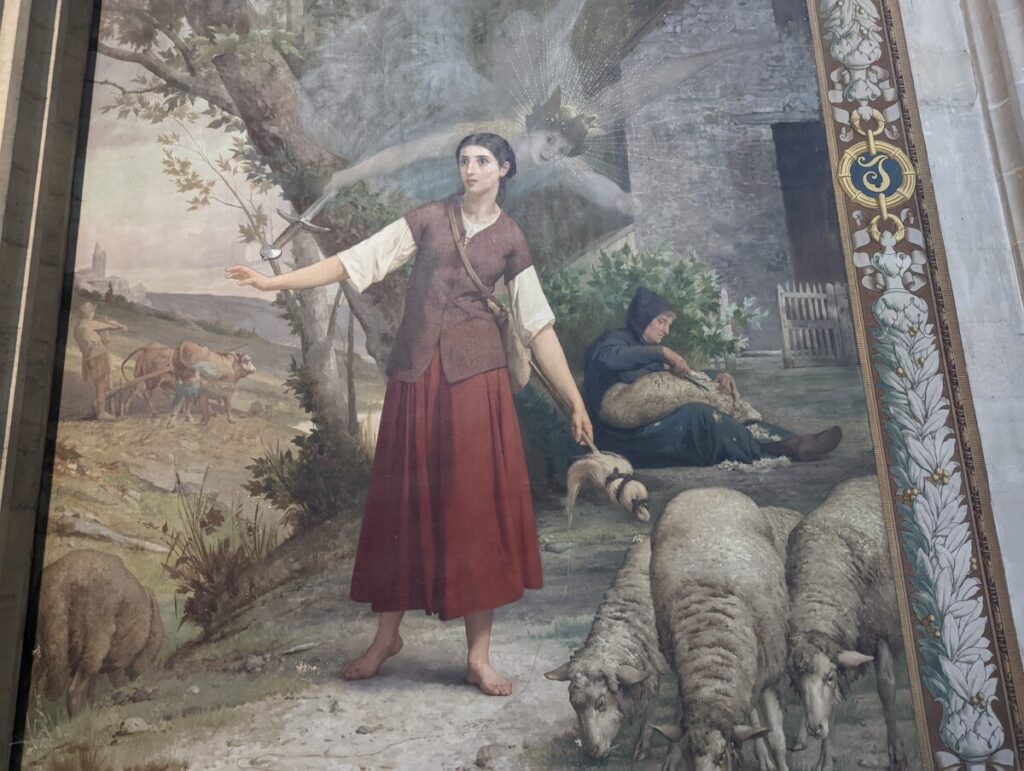
While the sculpture and display works were certainly interesting, it was the murals that caught my eye the most. They were painted in a clearly medieval style, with chaotic scenes made even more interesting to look at due to the practically trademarked uncanny valley facial expressions associated with the style. Many of the scenes depicted were so rife with visual metaphors and symbolism that they practically felt like fever dreams. These almost psychedelic images reminded me of the various types of creative works that would come out of people under the influence of psychoactive substances, with the paintings and sketches they produce often mirroring these chaotic and fantastical elements.
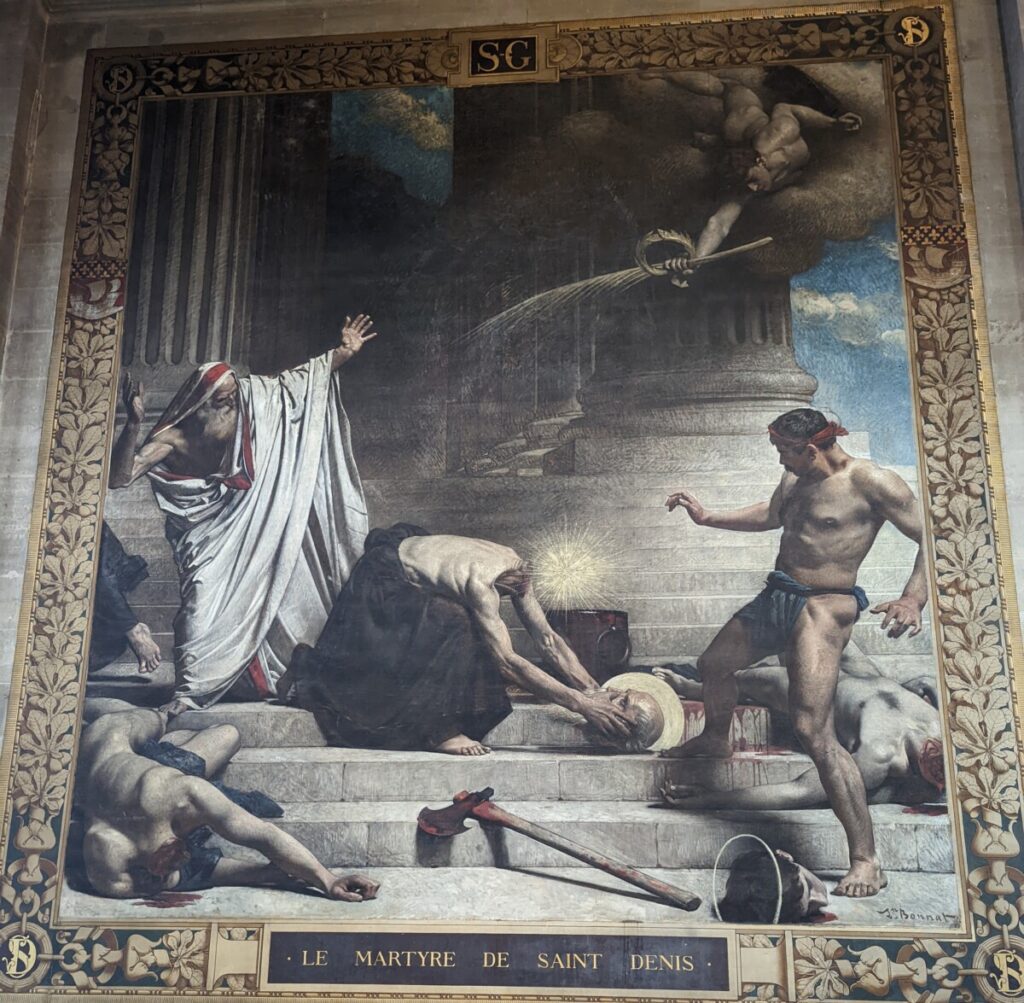
In my research to find out more about these types of experiments, I stumbled across a particularly fascinating article which took a different approach. As we all know, neural networks meant to emulate the neurobiological processes of thinking are being adopted by many computing programs so they can adapt to new information like our own brains. If this is possible, it might be possible of a brain experiencing altered consciousness. This is exactly what Schartner & Timmermann did in their 2020 study to produce a neural model of a brain under the influence of hallucinogenic drug DMT. The model produced could make images with similar distortions to those humans experience under the drug’s influence (Schartner & Timmermann, 2020). Although no one can prove that the artists who made these pieces of medieval art were high as they did so, as technology advances and I see more images like these, my theories inch ever closer to saying “yes, they were.”
Schartner, M. M., & Timmermann, C. (2020). Neural network models for DMT-induced visual hallucinations. Neuroscience of Consciousness, 2020(1). https://doi.org/10.1093/nc/niaa024
By Duke McDaniels
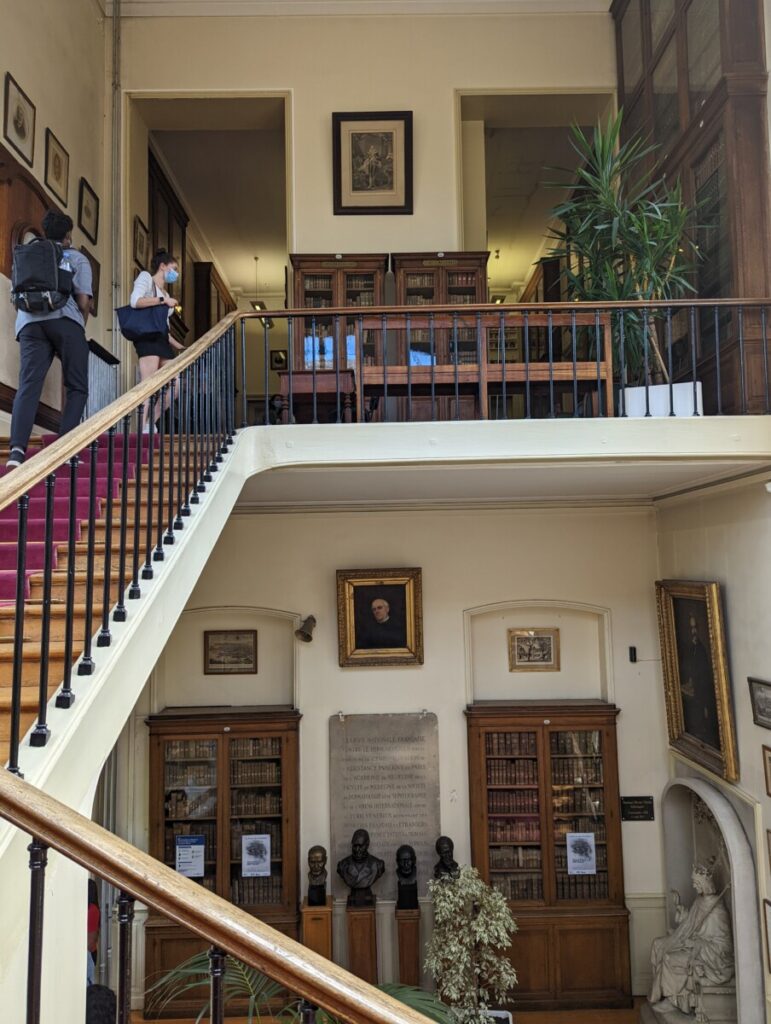
After an incredibly drama-suffused tale of miscommunications and scheduling mishaps, we of the NBB Paris Study Abroad team finally managed to make it to a visit at the Musée des Moulages, a famous dermatology museum here in the aforementioned city of Paris. While I do admit to initially rolling my eyes a bit at the prospect of visiting such a place, especially after all the trouble it had taken to get there, I wasn’t expecting the experience to be particularly valuable. How wrong I was. Visiting that monument to skincare gone-awry gave me a priceless gift I could never have gotten anywhere else in the world at my age: the 100% certainty that I would never, EVER explore the realm of dermatology as long as I lived.
The museum was particularly secretive about its contents, given that it housed wax (or perhaps plaster, I wasn’t really sure) casts and models of various dermatological diseases and disorders. The fact that these models were so unique and intricate meant that pictures weren’t allowed to be taken within the museum’s main exhibit, and when I say that every person reading this should be praising the powers that be for this rule, I mean every word. I saw things more grotesque than the minds of the already deeply-disturbed creatives within the horror genre could hope to think of on their own. With every oozing sore, swollen appendage, and fungus-eaten slab of flesh we passed, I grew evermore thankful I had skipped both breakfast and lunch that day in favor of my other homework assignments.
The more intense my feelings of revulsion at the frailty of the human form and all its vulnerabilities grew, the more I became interested in the actual source of these feelings. Disgust is an emotion commonly thought to be a response evolved to promote the avoidance of disease (Davey, 2011), a theory which makes sense given the environment which was evoking that emotion. Evidence for this evolutionary basis includes the cross-cultural facial expression associated with the emotion (i.e. wrinkled nose & downturned mouth), feelings of nausea, and avoidance of the object of disgust accompanied by a fear of being contaminated by it (Davey, 2011). The case study of myself checked all of the boxes, and in my mind, lended some more credibility to this theory. The fact that dermatologists can put themselves into such environments while thinking of nothing but aiding the afflicted person is truly admirable. It is not, however, a mindset I can share for the moment.
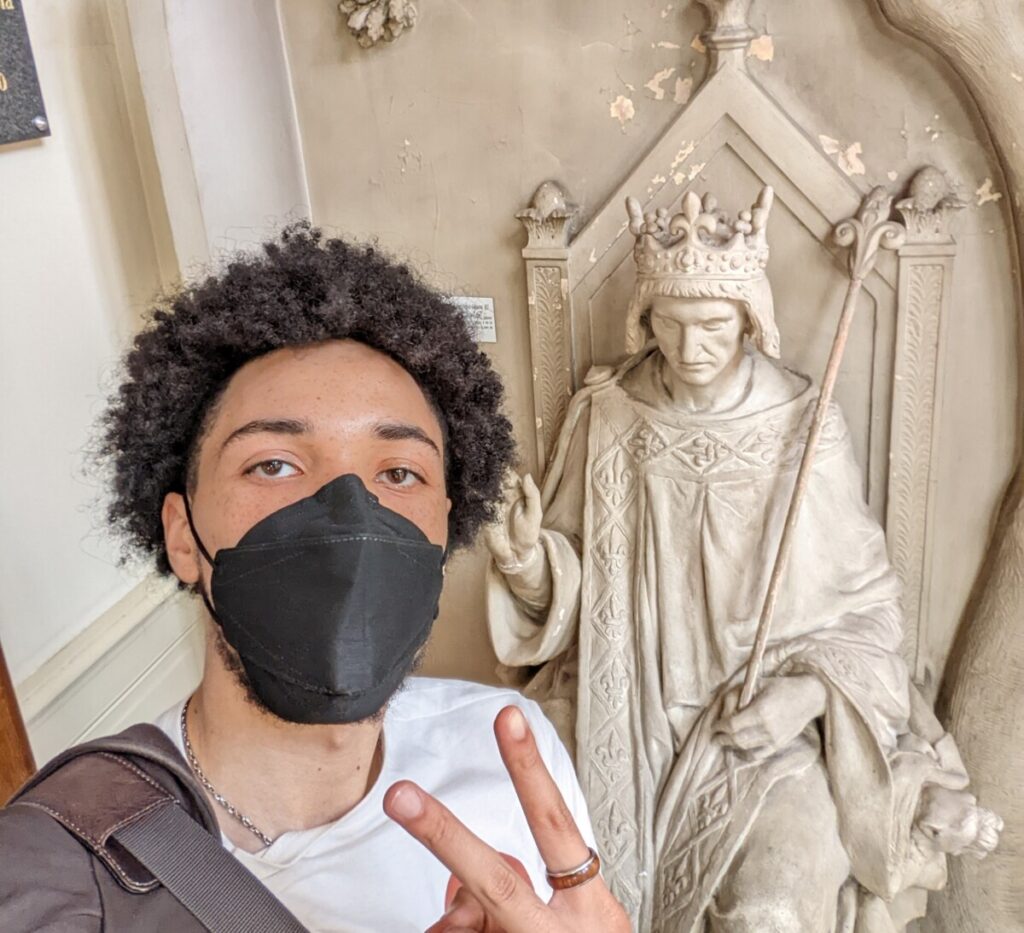
Davey, G. C. (2011). Disgust: The disease-avoidance emotion and its dysfunctions. Philosophical Transactions of the Royal Society B: Biological Sciences, 366(1583), 3453–3465. https://doi.org/10.1098/rstb.2011.0039
By Duke McDaniels
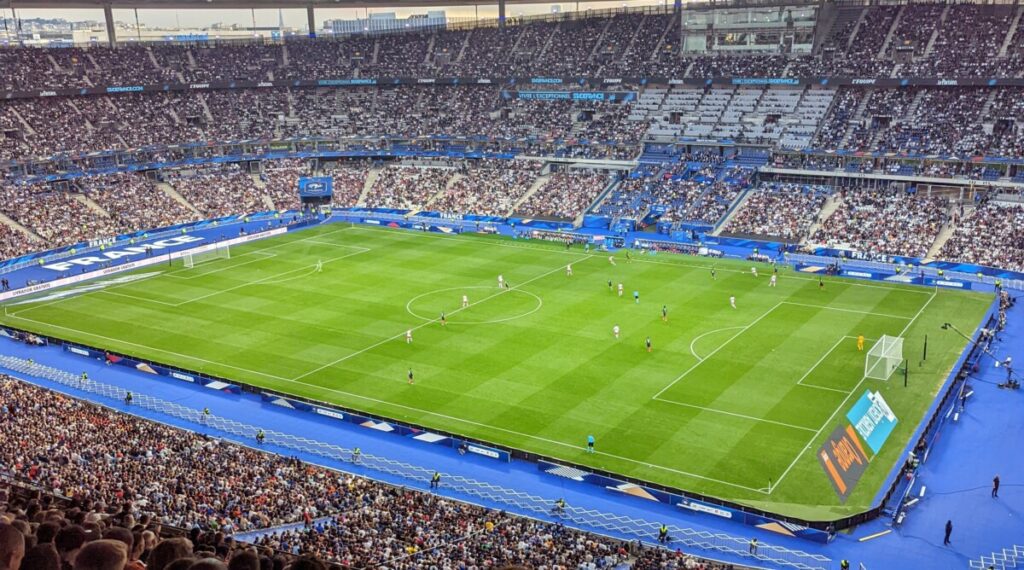
Before Will Smith was known for causing head injuries, he was better known for their study. In his 2015 film “Concussion,” Smith portrayed Dr. Bennet Omalu, one of the most important scientists responsible for pioneering the study of Chronic Traumatic Encephalopathy (CTE) in American football players. Dr. Omalu’s research is largely responsible for the current interest in the effects of constant concussions on players of contact sports, and when one is aware of and looking for these concussions in the midst of such sports, they cease to be mere accessories of the pastime and become impossible to overlook.
When I finally set off for the Stade de France after an intense internal debate about whether or not to attend the rugby game on the program schedule, this is the attitude I expected to have as a scientifically-inclined spectator. As someone with a generally low interest in professional sports, I had resolved to observe the rugby game to study the frequency of these head injuries in real time. So, when to my great surprise the players jogging onto the field were accompanied by a ball that was significantly more round and checkered than the rugby ball I had expected, I discovered in a shocking twist that what we were actually spectating was the France vs Denmark Nations League game.
The distinction between rugby and soccer initially appeared to be night and day for me with regards to concussion frequency. 30 massive dudes charging at each other headfirst versus 22 dancing their way across the field with the slightest tap resulting in an Oscar-worthy performance? Come on. However, as I continued my mission of tracking head injuries, I realized they happened much more frequently than I expected. Despite the focus being on the lower parts of the player’s bodies, soccer is still very much a contact sport, and the neurology of the players supports this. A 2019 retrospective study by Mackay et al. found that among the nearly 8000 former professional soccer players they followed, the 15.4% which died across the length of the study were more likely to have a cause of death related to neurodegenerative disease than controls, and were also prescribed dementia medication more frequently (Mackay et al, 2019). While still not on the level of other sports, soccer players are just as much at risk of these types of injuries, as well as their long-term consequences. We as scientists and as fans (if you’re into that sort of thing) have a responsibility to make it known.

Mackay, D. F., Russell, E. R., Stewart, K., MacLean, J. A., Pell, J. P., & Stewart, W. (2019). Neurodegenerative disease mortality among former professional soccer players. New England Journal of Medicine, 381(19), 1801–1808. https://doi.org/10.1056/nejmoa1908483
As I awkwardly stumbled through the mossy, winding cobblestone paths of the Père Lachaise cemetery, my visits to graves belonging to some of the most renowned creatives to grace the world reminded me of how once we bury a person’s lifeless body, we no longer have access to their thoughts or feelings in the ways we were familiar. Artists, writers, and musicians whose craft produced unforgettable memories and experiences for thousands or even millions of people are often grieved the most, the flow of their incredible contributions cut off at the source, often suddenly and without warning. This is proved by the continued devotion with which these people pay their respects to the final resting place of these icons. But does Mother Nature’s forcible censorship of a person’s passionate expressions through death necessarily mean all traces of their existence are wiped from the Earth?
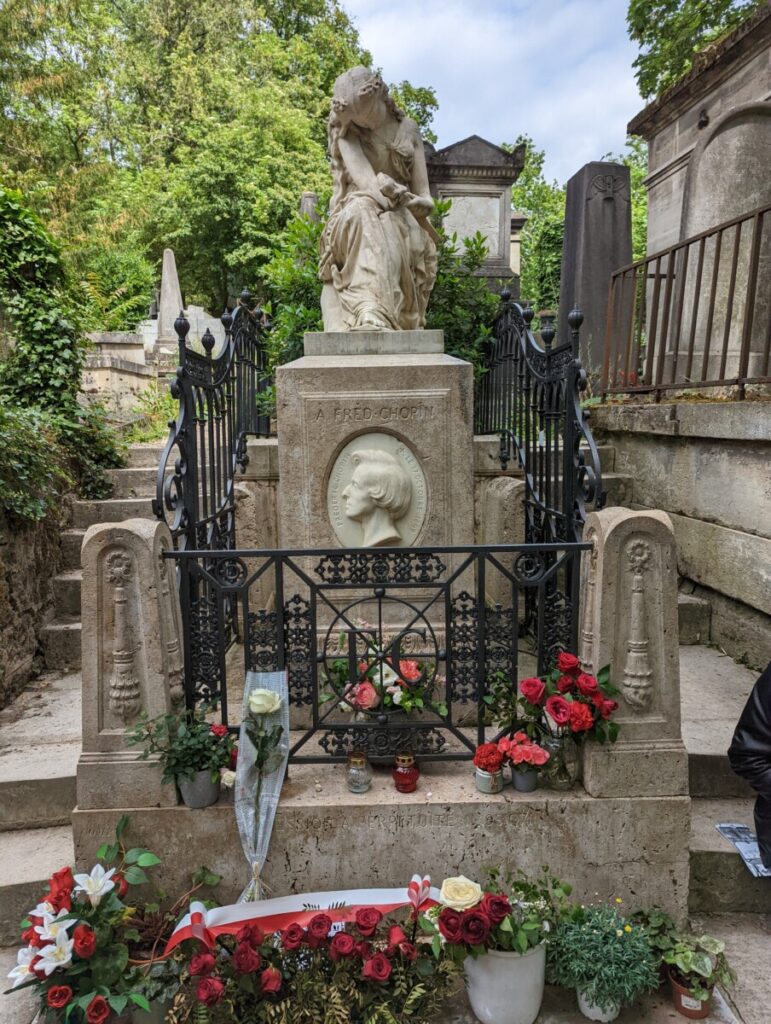
Considering this question brought me a few blocks away from the cemetery’s main entrance. Here, the last remaining traces of the Prison de Roquette guillotine can be found in the form of support stones scattered through the asphalt of the main road. It was used to perform public executions by beheading for almost half a decade before the prison’s closure at the end of the 18th Century. I’m sure all of its victims had similar thoughts about how long the traces of their mortal existence would remain after its blade met their necks. Luckily for them an answer exists: a little less than a minute. At least, according to a 2011 study which found that though consciousness ended seconds after decapitating wakeful rats, brain activity measured via EEG didn’t suffer any massive loss of function until after about 50 seconds later, when a surge activity was followed by much more muted readings (Rijn et al., 2011). This was interpreted to indicate a loss of the neuron membrane potentials (Rijn et al., 2011), crippling their ability to function.
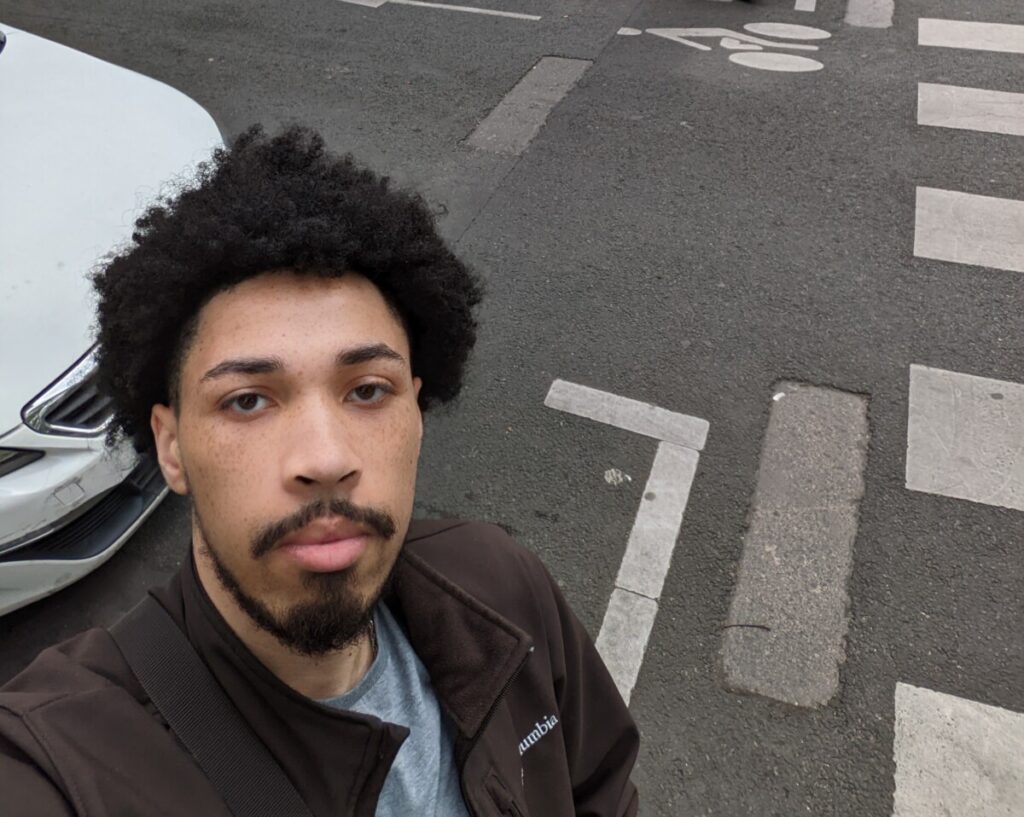
Though I doubt the ethics of decapitation were a concern for those in charge of the executions, they can rest easy knowing that the near immediate loss of consciousness means there was no undue suffering as the victims met their end. However, the minute-long mark described isn’t necessarily it for us. As evidenced by this graveyard, while we may leave this world as conscious beings, the parts of us carried by others will allow us to retain some level of presence in the world. As long as people still pay respects to our memory, we can (mostly) rest easy.
Rijn, C. M., Krijnen, H., Menting-Hermeling, S., & Coenen, A. M. (2011). Decapitation in rats: Latency to unconsciousness and the ‘wave of death.’ PLoS ONE, 6(1). https://doi.org/10.1371/journal.pone.001651